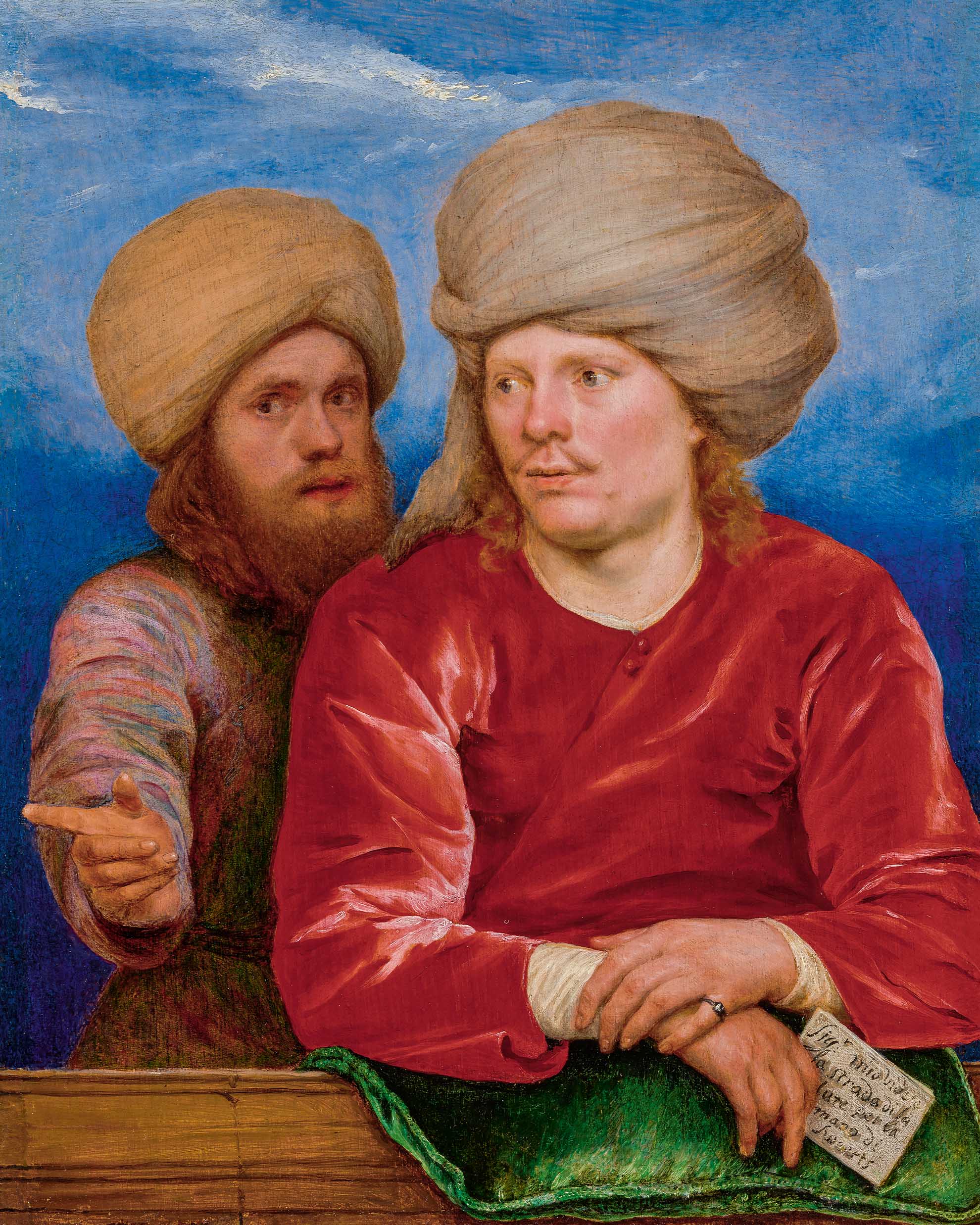
Sweertsmania
SWEERTSMANIA
Simone FacchinettiFor ten years in the mid-1600s, the Flemish painter Michael Sweerts lived in central Rome, on the Via Margutta, between Villa Borghese and Via del Corso, at the time an enclave where Dutch and Flemish were spoken more than the dialects of Rome. What wealthy patrons asked of this colony of artists and bohemians was the depiction of Rome’s street life – forgers, jesters, roustabouts, ruffians, cutpurses, drunkards, gluttons, the mangy and the down-at-heels, to say nothing of the teeming ranks of Rome’s prostitutes. It was an artistic movement – followers of Pieter van Laer, or Bamboccio – known as the Bamboccianti that may have been the first to establish a link between poverty and the picturesque. Though Sweerts worked on the fringes of that school, his art was something quite different: heterogeneous, many-layered, enigmatic, and infused with a sense of gravity and introspection. Sweert was rediscovered in the twentieth century by such scholars and collectors as Roberto Longhi, Vitale Bloch, and Giuliano Briganti, but only now is he having his moment in the limelight, as an auction house star. To paraphrase Figaro: “He’s in such request, day and night he has no rest.”






